Affiliate links on Android Authority may earn us a commission. Learn more.
Back to Basics: Android versions explained
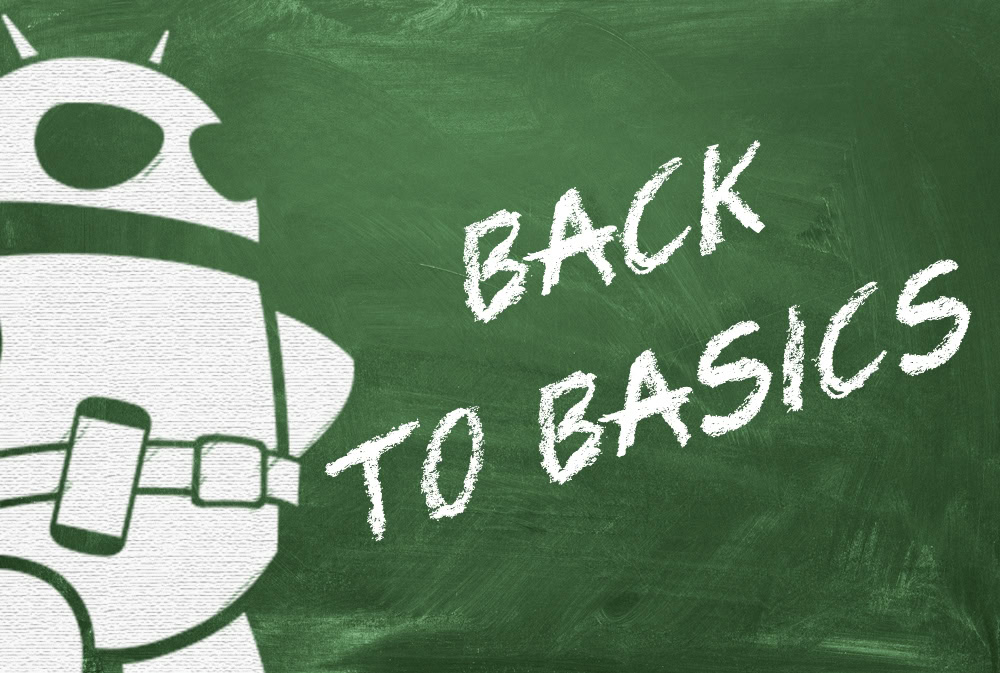
Welcome friends to the “Back to Basics” series, where we run a fine toothed comb over each and every aspect of Android so that you can make an educated decision on which Android device is for you. This week’s edition is all about Android versions, and we’ll be releasing a new edition to the series every week, so stay tuned.
But enough chit chat, it’s time to dive into the incredible world that is Android.
Introduction
I’ll try and cut the history lesson short, so here it goes. The first phone running Android was the HTCDream in 2008, and ever since then, Android has grown astronomically. You’ll often see the words “Jelly Bean”, “Ice Cream Sandwich” and “Gingerbread”, written on Android Authority. No, we don’t have candy fetishes (alright, maybe some of us do), instead this is the naming scheme given to Android versions.
Android versions are named in alphabetical order, after a particular sweet or dessert, so that would be Cupcake, Donut, Eclair, Froyo, Gingerbread, Honeycomb, Ice Cream Sandwich and the latest version, Jelly Bean.
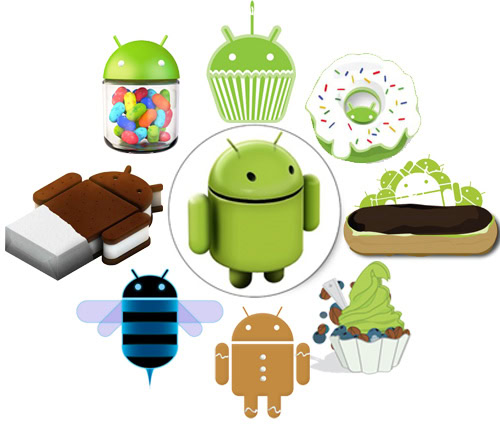
We’ll skip the earlier versions in this series, as not only are they old and outdated, meaning you’d be hard pressed to find a device still running them, but also because if you’re looking for a device to buy, you shouldn’t buy a device running those versions, no matter how good the price is.
Android 2.3 Gingerbread
Released in December 2010, Android 2.3 Gingerbread brought with it many changes which made Android a much better operating system. The highlights include support for multiple cameras (like front facing cameras for example), simplicity and speed improvements, a better keyboard, support for Near Field Communications, and battery improvements.
You’ll find Gingerbread running on older devices, as well as some budget devices, and while it is still a very solid operating system, you’d be recommended to get a device running a higher version of Android, if possible.
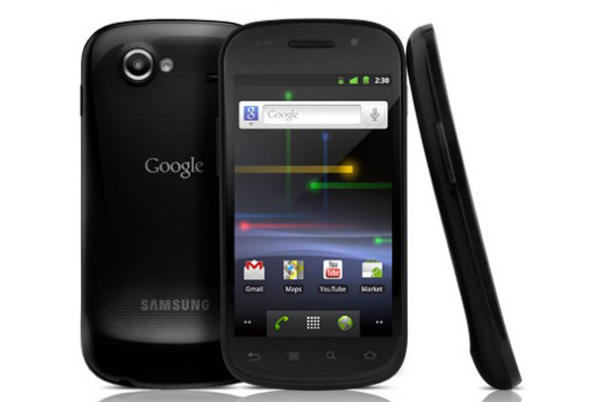
Popular devices running Gingerbread: Samsung Nexus S (upgradable to Android 4.1 Jelly Bean), Samsung Galaxy S2 (upgradable to Android 4.1 Jelly Bean), HTCSensation (upgradable to Android 4.0 Ice Cream Sandwich) and the Motorola Droid Razr (upgradable to Android 4.1 Jelly Bean).
Android 3.0 Honeycomb
Released in February 2011, Honeycomb was the first Android version to be optimized for tablets. It was also the first (and only) version of Android to only support tablets. It came with features like a new user interface (UI) design dubbed “Holo”, which has carried on through Android to the latest versions of Jelly Bean. A redesigned keyboard, simplified multitasking, multiple tabs in the web browser, and resizable widgets were some other major additions to Honeycomb.
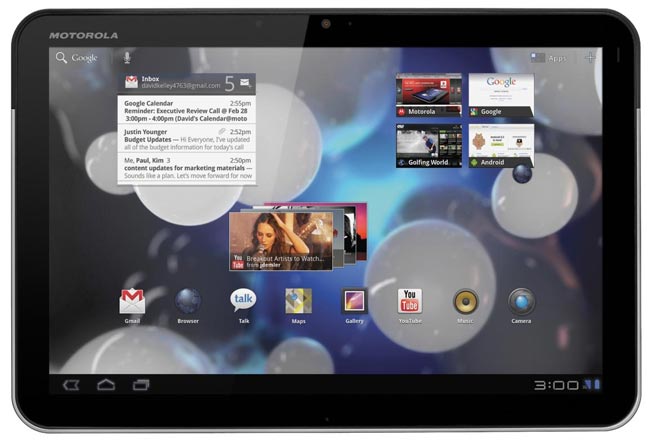
Since only tablets can run Honeycomb, there were very few devices running on this version of Android and most of them have been updated to newer versions.
Popular devices running Honeycomb: Motorola Xoom (Upgradable to Android 4.1 Jelly Bean), ASUS Eee Pad Transformer (Android 4.0 Ice Cream Sandwich), and the Samsung Galaxy Tab 10.1 (Upgradable to Android 4.0 Ice Cream Sandwich).
Android 4.0 Ice Cream Sandwich (ICS)
Released in October 2011, Ice Cream Sandwich brought together tablets and smartphones onto one version of Android. It also brought the Holo UI to smartphones, as well as improvements to stability, a simpler way to create folders, face unlock, and a new and improved camera app.
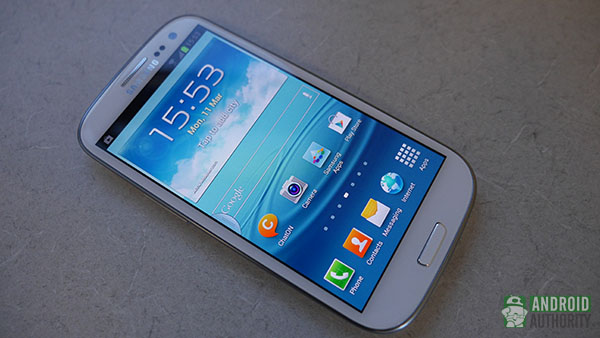
Popular devices running Ice Cream Sandwich: Samsung Galaxy S3 (upgradable to Android 4.1 Jelly Bean), HTCOne X (upgradable to Android 4.1 Jelly Bean), Samsung Galaxy Nexus (upgradable to Android 4.2 Jelly Bean), Motorola Droid Razr HD and the Sony Xperia T (upgradable to Android 4.1).
Android 4.1 Jelly Bean
Released in July 2012, Android 4.1 Jelly Bean was an incremental upgrade from Ice Cream Sandwich, but a rather notable one, nonetheless.
It brought features like Project Butter, which is designed to make Android a much smoother and lag free operating system, expandable notifications, and Google Now, an intelligent personal assistant. If you’d like to know more about Google Now, click here for our in-depth article on how to use Google Now.
Popular devices running Jelly Bean 4.1: Nexus 7 (upgradable to Android 4.2), Samsung Galaxy Note 2, HTC One, Sony Xperia Z, and the LG Optimus G Pro.
Android 4.2 Jelly Bean
Released in November 2012, Android 4.2 Jelly Bean is another incremental upgrade (that’s why it shares the name as the last version), but it still contains many features. These included a new keyboard with gesture typing, notification power controls, lock screen widgets, and multiple user accounts for tablets.
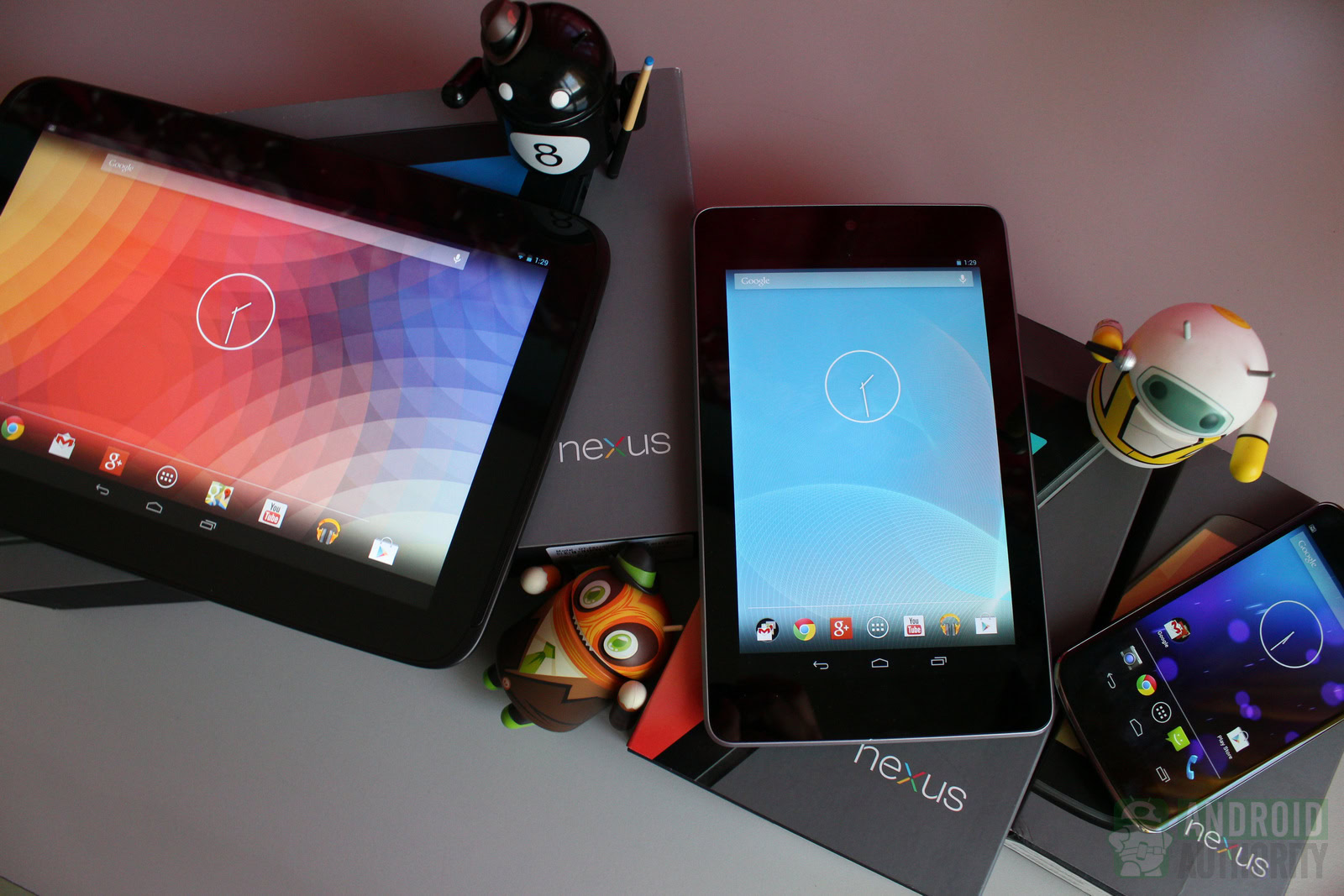
Another big feature of Android 4.2 Jelly Bean is Photo Sphere, which is a 360° panorama photo taking software. Think of it as like the photos you see in Google Maps Street View. For an indepth look at Photosphere, check out our article on it by clicking here, or to see Photosphere in action, check out the video below.
Popular devices running Jelly Bean 4.2: LG Nexus 4, Samsung Nexus 10, Samsung Galaxy S4.
So what should you buy?
When looking for a new Android smartphone or tablet you’ll need to be aware of these versions of Android, if you want to make an educated decision.
If you’re on a really tight budget, you’ll be looking at phones running either Android 2.3 Gingerbread or Android 4.0 Ice Cream Sandwich. When you’ve got two devices that are the same cost and the only thing you’re giving up are a few megapixels, than always go with the one running Ice Cream Sandwich. Not only will you be getting a better user experience, you’ll be able to run almost every one of the hundreds of thousands of apps in the Play Store. Some app makers have dropped support for phones running Gingerbread, so most apps will work, but some won’t
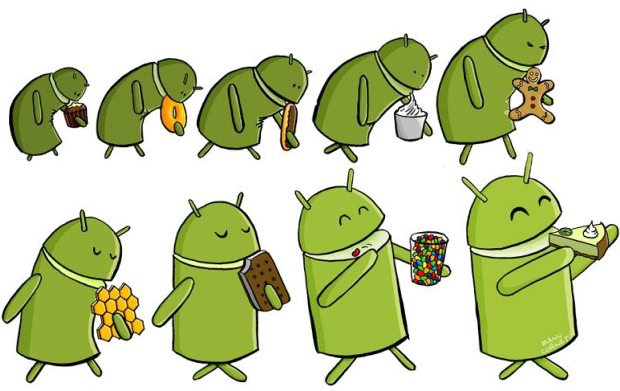
When you are entering the mid range market you’ll have lots of different choices, but most of your choices will be running Android 4.0 Ice Cream Sandwich or Android 4.1 Jelly Bean. Like I stated in the above paragraph, if you aren’t giving up something that is absolutely crucial to your daily life, pick the smartphone running Android 4.1 Jelly Bean — you’ll thank me later.
In the high end market there are a plethora of choices, but never, and I mean never, settle for anything less than Android 4.1 Jelly Bean. If you’re looking for the absolute top of the range specs you should look at the Galaxy S4, the HTCOne and the Sony Xperia Z, but if you’re willing to lose a little bit of grunt (and save some cash in the process), the Nexus 4 is a great option.

On the tablet side of things, you really shouldn’t be settling for anything less than Android 4.1 Jelly Bean, especially when choices like the Nexus 7, which starts at $199, are running the latest version of Android. If you’re willing to spend a bit more, the Nexus 10 shapes up as another great option, and if you’re looking for a laptop-like tablet, the ASUS Transformer Pad Infinity is what you want. But if you’re looking for a content creation tablet, the only viable option is a Samsung Galaxy Note 8.0 or a Samsung Galaxy Galaxy Note 10.1.
Wrap up
Hope you’ve enjoyed this edition of the “Back to Basics” series. I’ll be back next week for the next edition of the series, but if you can’t wait until then, here are a few articles to keep you occupied:
- Check out a comparison of Gingerbead and Android 4.0 Ice Cream Sandwich by clicking here.
- Picking between two tablets running Ice Cream Sandwich and Android 3.0 Honeycomb? Click here to see the difference.
- Ice Cream Sandwich or Android 4.1 Jelly Bean? Hit the link to find out.
- Can’t decide between the two Jelly Bean brothers? Check out this article which explains all the changes.
Have you got any questions about Android? Drop a question in the comments below, and I’ll be happy to answer them.